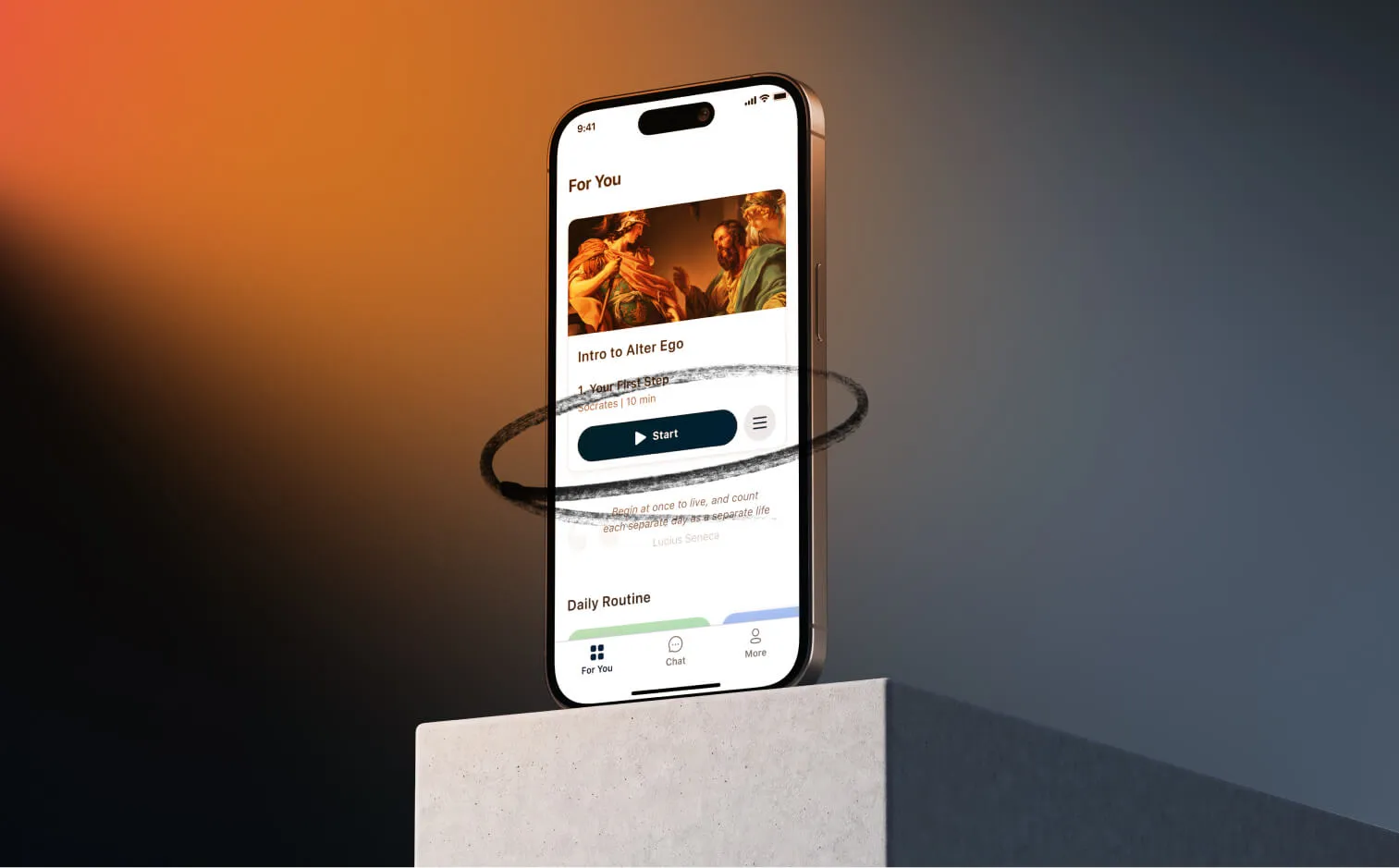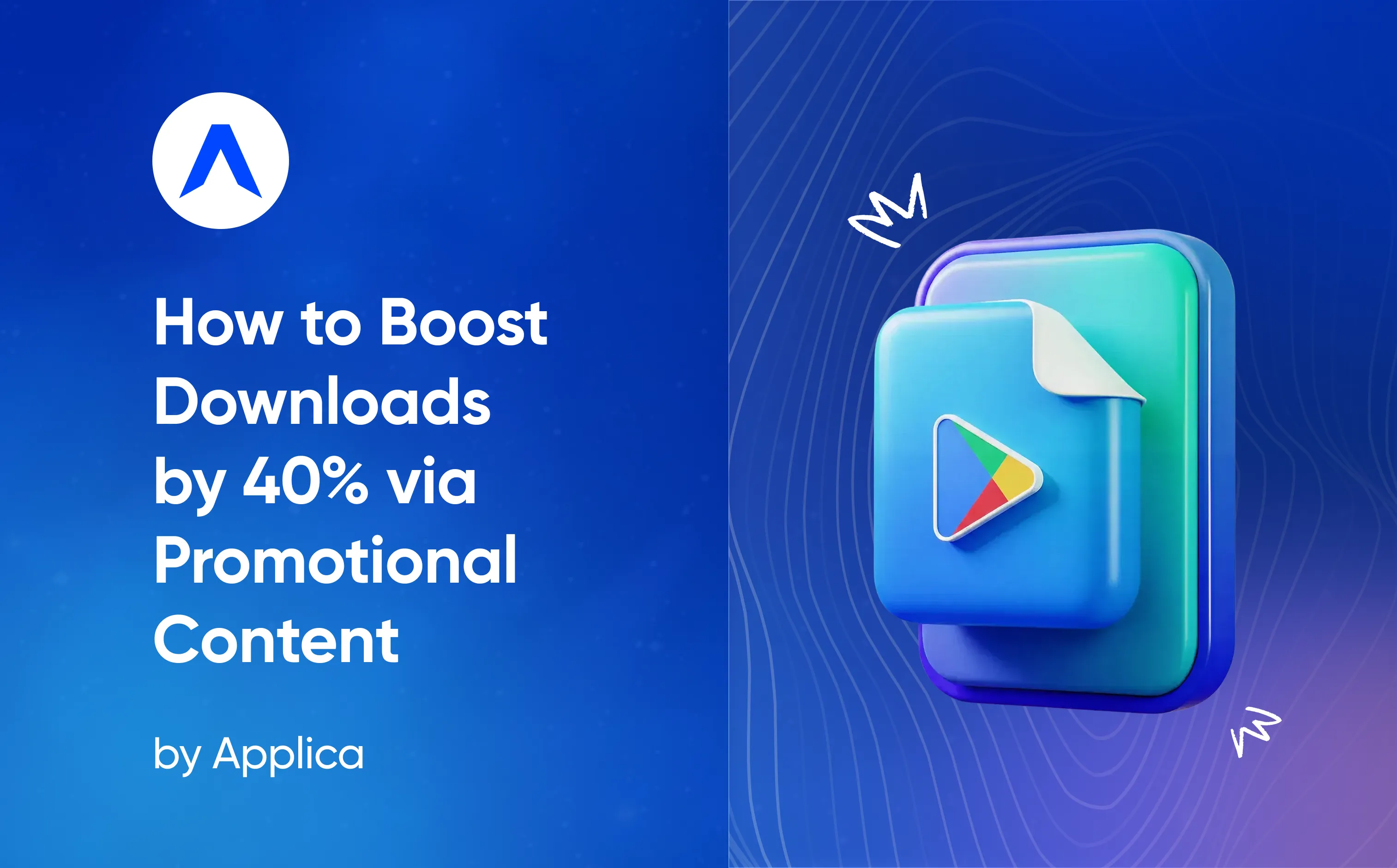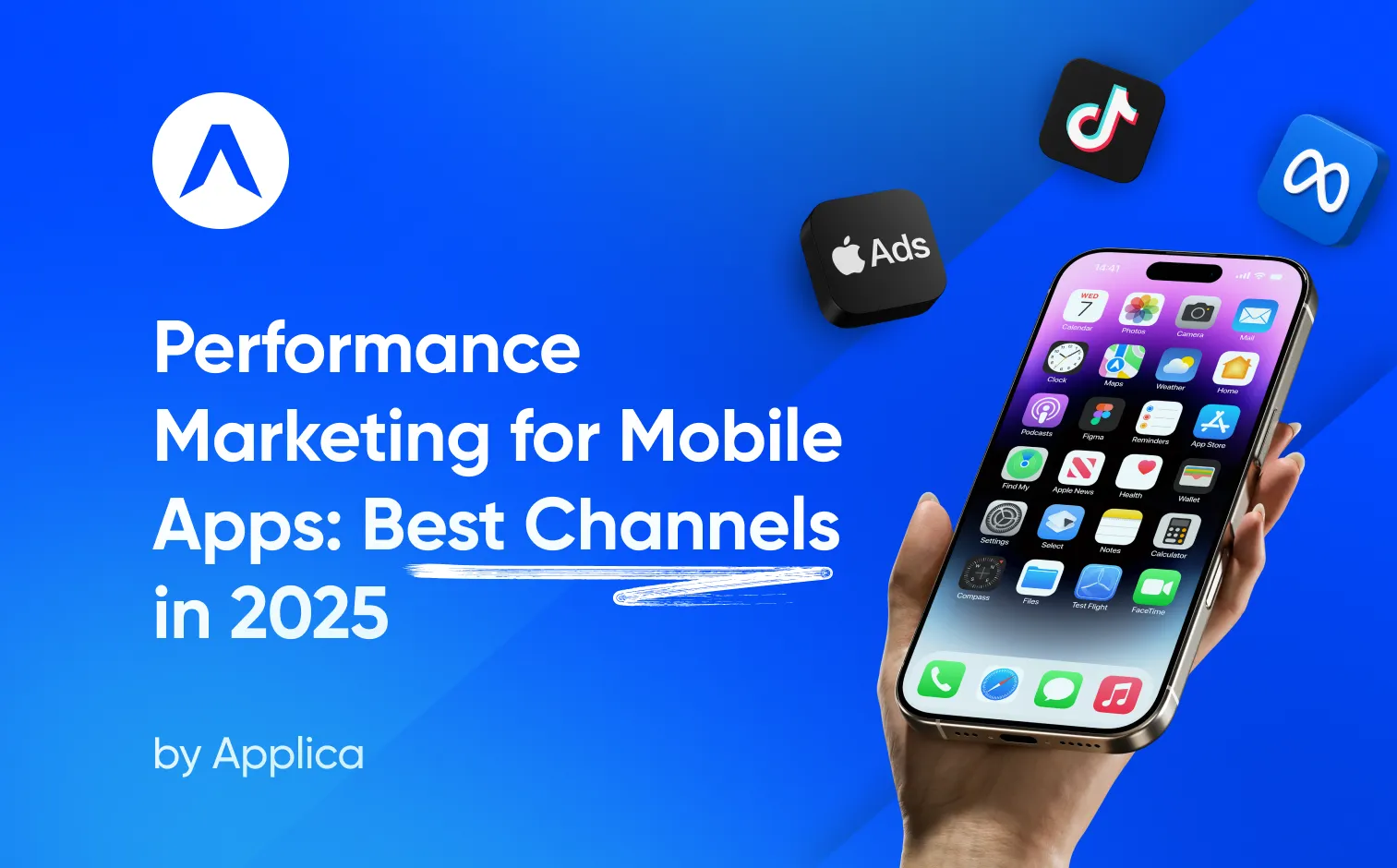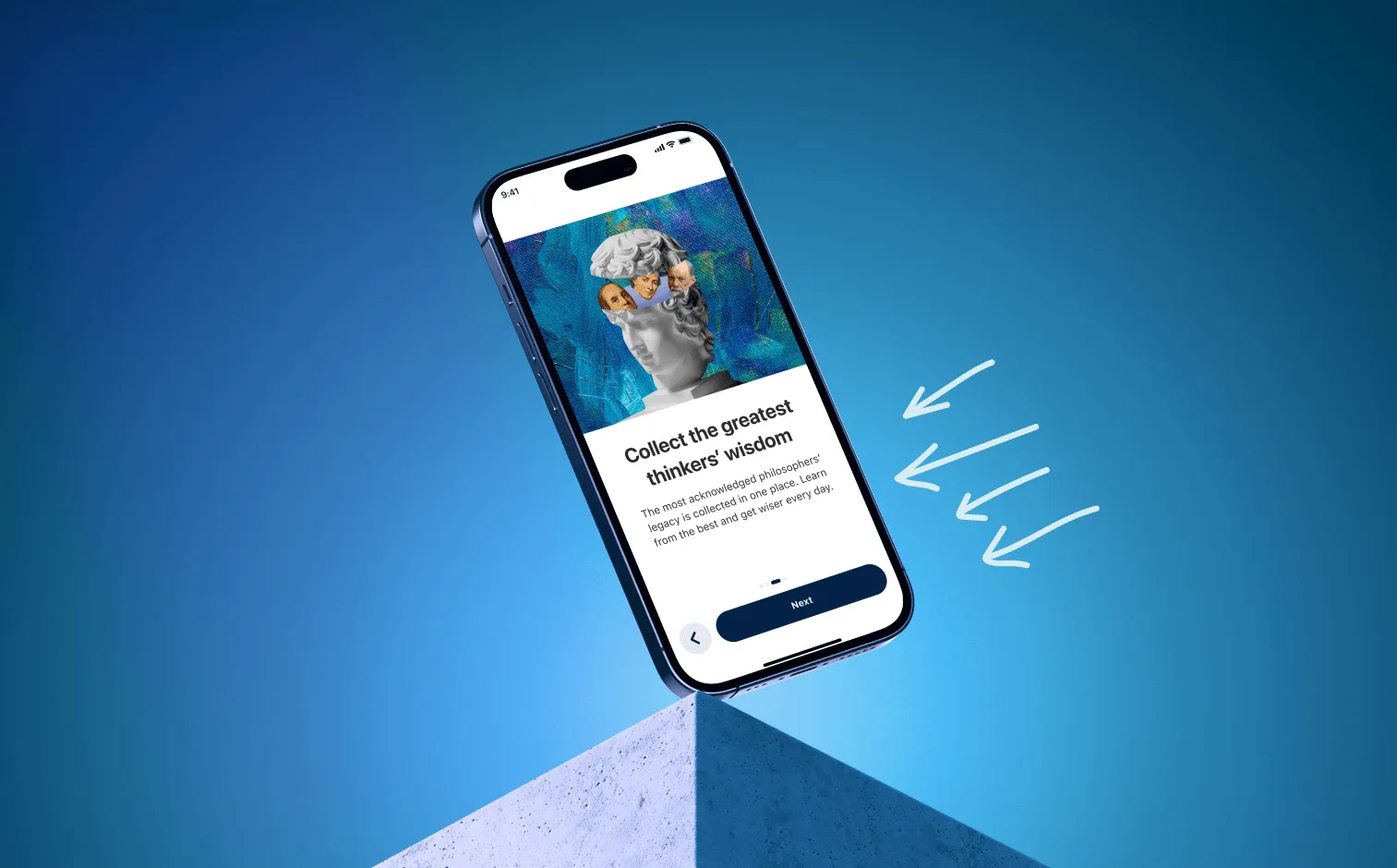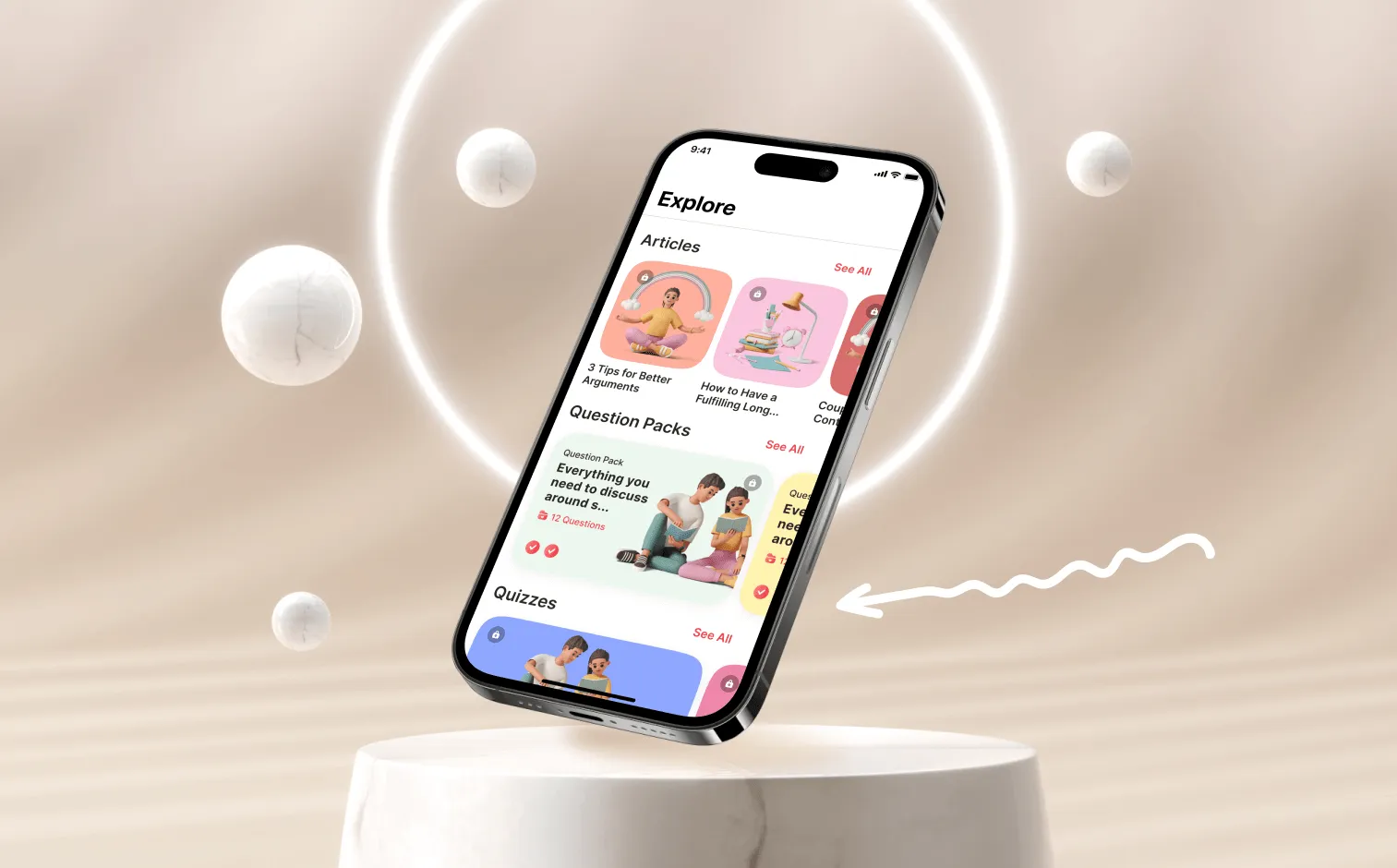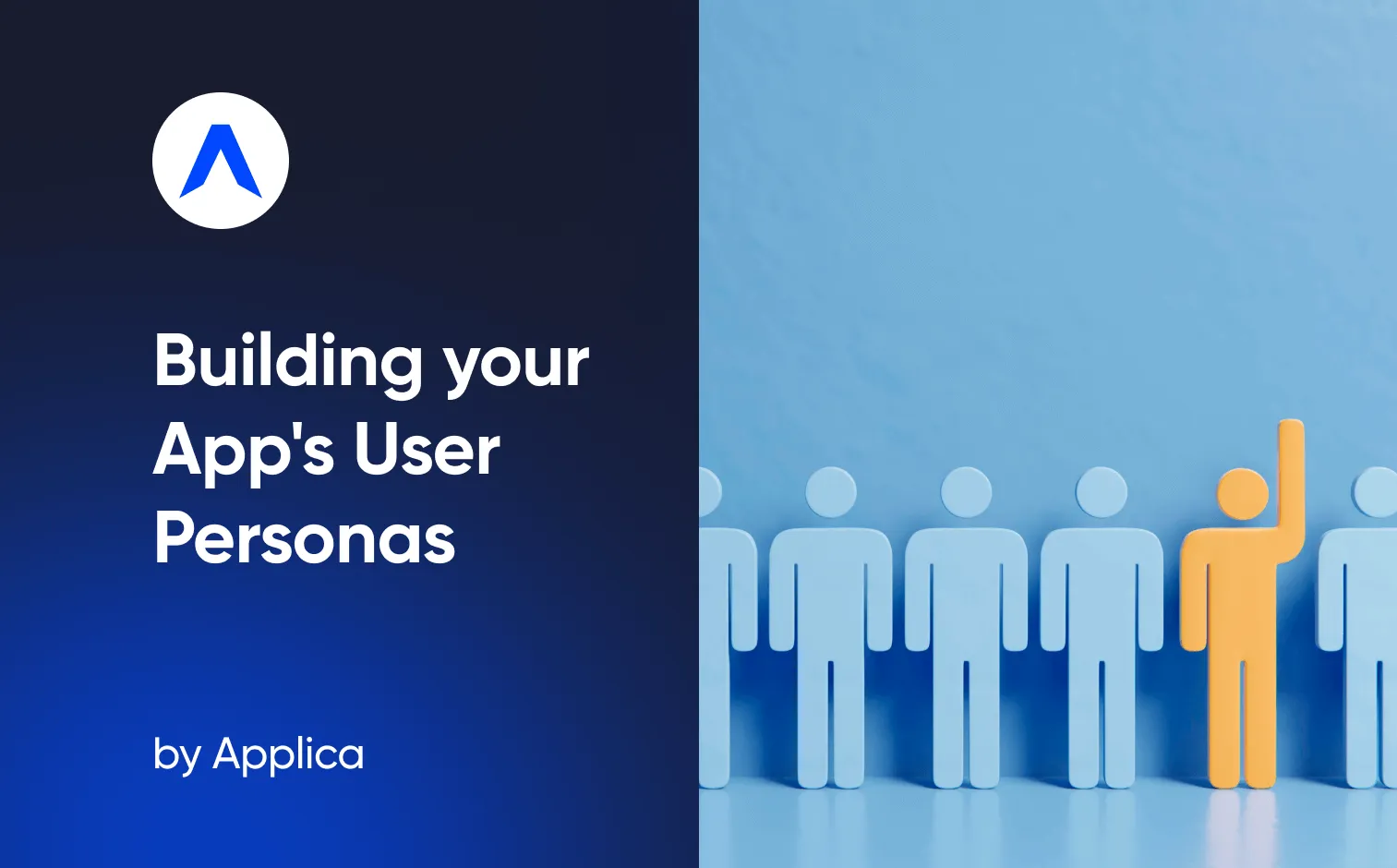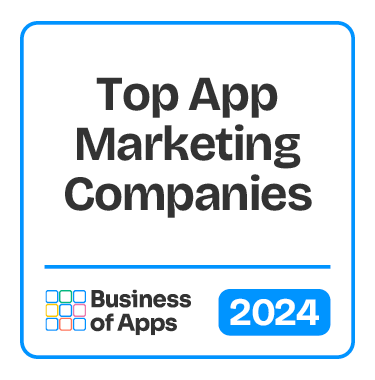After overseeing more than 250 A/B tests either as a Product Manager, Consultant, or Applica’s CEO, I can with some degree of confidence say that there are certain aspects that distinguish average business results within the mobile app space from outstanding ones.
The ability to quickly implement a growth process that will enable the continuous improvement of core metrics: - Customer Life Time Value (LTV) and Retention - is at the top of my list.
Let’s start with retention. The retention part is tricky, as it requires a solid understanding of the audience and their needs, the ability to resolve the real problem, and sufficient value generation. There are of course separate frameworks for that, but it’s not a topic of this article.
On the other hand, Customer LTV improvement is something that I focused on the most throughout the course of my career. I was always striving to help companies improve and test the viability of user economics, at different stages and with different available resources. Over the years, I came up with a variety of frameworks that can be reused in numerous niches and industries.
In this article, I am offering a simple 4-Step framework to approach LTV improvement as a leap to the success of a mobile app, website, or SaaS product. It’s something I found very helpful on the initial stages of the AB testing. Each level requires more advanced tools and approaches than the previous one, so you can start with the one that fits you and slowly progress from the basics to something more peculiar.
Your CPI and LTV: why measure
Monetization or subscription optimization is a process, and it requires a deep understanding of certain metrics. Firstly, focus on measuring your CPI and LTV.
CPI is where you can hit industry benchmark boundaries pretty fast; it usually requires a few weeks of ad optimization and a carefully calculated ad spend. Make sure your campaigns are effective and the budget spent provides you with real value.
What we at Applica have seen work best for the majority of our clients is a quick start combined with broad targeting and UGC creatives.
While CPI can increase due to market saturation, inflation, and competition in ad auctions, LTV is something you build over years of incremental experimentation. Let us assume you add to your LTV from +80% to +150% in the first year after the initial launch, and from +20% to +50% over each subsequent year. The choice of tactics for raising LTV may vary depending on your niche, audience, and more.
Now, let us head over to the actual steps to approach that
Step 1. Bad Product, Great Revenue: What to learn?
In the beginning, almost everyone performs some kind of competitive research. Let’s be honest: the majority of app developers simply spot advantageous patterns and copy their top-ranking competitors. But if everyone just copies the same thing, over and over, there is no real competitive advantage.
Instead, I encourage you to be more creative than that. I suggest taking a look specifically at the apps that are high in “Grossing” rankings and have high revenue numbers despite low app rating/retention rates.
There is a possibility that some of them are just mediocre - the UX is inadequate, the positioning is complicated, and the reviews are poor. However, these apps do not seem to have a problem with their revenue. How is this possible and what can you learn from it?
While such apps may lack a quality product, it is clear that their monetization approach is excellent. Pay closer attention to their monetization tactics, and take notes. These tactics are most likely well-performing, as they drive revenue/positive ROI even despite the not-so-well-designed product.
It’s the simplest thing to start with.
Step 2. Macro-level Experiment
Now, let’s take a look at what I call a macro-level experiment. It’s called “macro” because it tests multiple variables at once.
It’s better to start with a general post-onboarding paywall as the first place for AB testing. Be bold with changes: try completely different UX patterns, products, number of subscriptions, durations, and prices.
- Look at your competitors and form a list of the top 3-5 hypotheses you want to start with (you can of course go beyond the suggestions described in Step 1 and come up with other hypotheses).
- A list of A/B test variants might look like this (of course adjusted to your product-specific styles and tone of voice):
- Var A: $89.99 + 7-day trial, Blinkist-style paywall;
- Var B: 3 products ($19.99/month, $39.99/quarter, $59.99/year + 7-day trial), horizontal layout;
- Var C: Flo-like toggler switcher for the 7-day trial, $49.99/quarter and $59.99/year).
- Keep in mind that using an already-existing and highly-optimized warm paid acquisition channel for macro-level A/B testing is not the best idea. All it will do is create a mess for the already learned ad optimization algorithm and it will just get confused. Organic tests are a much better choice if you can afford a sufficient volume of new installs.
- Make sure you can measure the LTV correctly, using predictions for your subscription retention (we will look into it later in this article).
Step 3. Not by Paywall alone: What else to Optimize
While it is no secret that monetization optimization goes above and beyond optimizing the paywall, a lot of PMs seem to not pay enough attention to other things that matter. As soon as you start seeing the limits of your paywall optimization, try to go beyond and focus on the following:
- The Onboarding experience. The UX plays a great role in defining whether people are willing to pay for your app or not. Remember that the first impression is the most important one, so start with analyzing and optimizing your Login Screen. Focus on the Pre-Paywall Loader, and Feature Discovery. Ask yourself: how clear is the Product Onboarding? You can also embed a survey with questions to get your users’ feedback, which is vital.
- The Push, Email, and IAM strategy. Are your Push notifications too pushy? Are you sending too many emails - or maybe not enough? Is the tone of voice suitable for your audience? Is there any trouble accessing your app? Questions like these will help you brainstorm and find food for thought. Here is a tip for push notifications: start sending them to the users who haven’t even completed the onboarding survey and haven’t accessed your core functionality yet. Usually, it’s around 15-30% of the total install volume in some app categories. Do that in the first few minutes after they close the app, then once again in 1h and 24h.
- The Discount flow. Manage the sequential price drop for your users to keep high user retention levels and attract new customers. Start with something as simple as a 50% discount for every first successful core behavior completed. After, you can show 50% every now and then.
Experimentation Setup and Analytics
Now, after implementing some of the low-hanging fruits I described above, we can switch our focus to more detail in your analytics measurement and experimentation setup to disclose additional growth opportunities.
Firebase Remote Configurations for the Paywall and Onboarding
Firebase Remote Configs are implemented once and can save you a lot of time in the future. Just launch AB tests via JSON files without the need for product updates in the app store. I recommend implementing remote configs at least for the following:
- Onboarding survey (sequence, page content, number of questions);
- Paywall (products, copy, CTA button copy);
- Discounts (products, copy, CTA button copy).
How to Measure ARPU?
When measuring APRU, make sure to consider these factors:
- Conversions;
- Refunds. The longer the user stays and the higher the price, the higher the refund rate. If there are no trial subscriptions, there are usually almost no refunds;
- Subscription Retention. You can estimate your unsubscribe rate based on the first day, as generally, 70-80% of subscription cancellations happen there.
Also, there is almost always a choice you have to make: get a lower APRU but a quick payback period (for example, with yearly subscriptions), or a higher APRU with a long payback period (weekly or monthly subscriptions). It will depend on the availability of free money you can reinvest. If you don’t have any free assets it means that it’s better to turn to the early payback approach.
A quick tip: better be conservative in your measurements.
A/B Testing Tips
Here are some final extra tips to help you with subscription optimization.
- On each sale screen, evaluate both conversion and churn (app close events) rates. Churn is often not tracked or missed, so looking at it might be your way to get ahead;
- Always test at least 3 variations: the baseline and 2 more. It will give you insights into how polarized is an effect within one hypothesis. Otherwise, you might miss a value of a particular variable if you just choose 1 variant for comparison with the control group and it’s executed poorly. It wouldn’t mean that the whole variable is not worth testing, right? That’s why I always recommend testing at least 2 variants, even if it takes slightly longer to collect the data.
Conclusion
If you want to outperform your competitors, optimize your monetization successfully, and overall have a smooth product development journey, you should dedicate some time to building a complete and sustainable A/B testing system. It can be quite a journey of its own - with this article and our blog, you will be able to tackle many questions that arise along the way. Or, redirect your challenges to Applica: we love a challenge here.



